Interesting. And, for those who swear AI will never take the creative jobs.
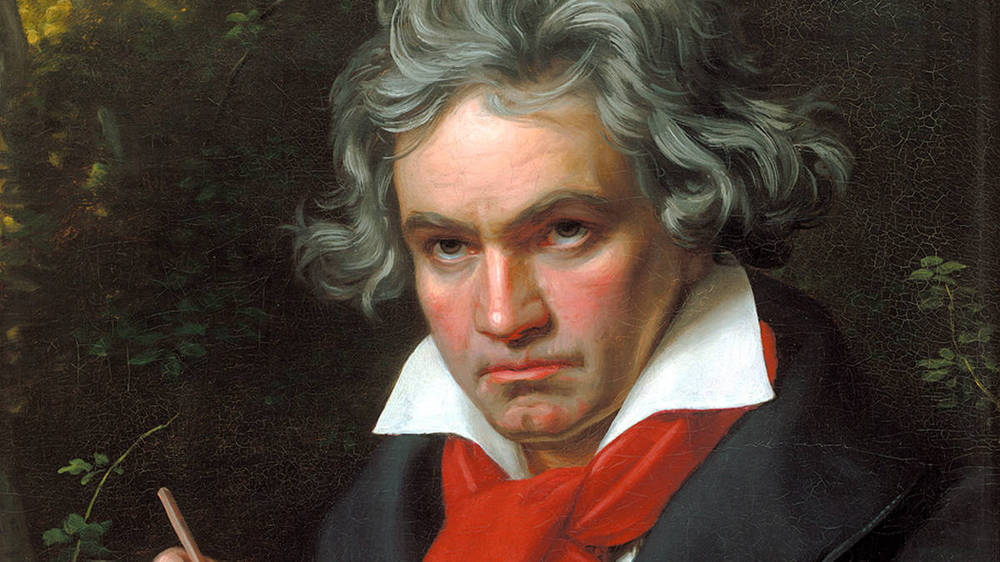

Interesting. And, for those who swear AI will never take the creative jobs.
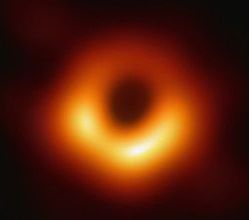
The image, and resulting data, has helped astronomers learn more about black holes in general, and this one in particular, making that two-year wait more than worthwhile. Part of the reason for the delay was simply the logistics of gathering so many observations. Each observatory collects data over a narrow range of wavelengths, resulting in massive amounts of information — the equivalent of up to 5,000 years of mp3 music files. That’s too much to just email someone. Researchers instead had to find ways to physically move that data around. For instance, to transport the information out of the South Pole Telescope in Antarctica, scientists had to wait until spring, when planes finally started flying out again.
Only then could researchers begin the complicated process of stitching together data from the eight observatories, a technique known as interferometry. The team had their work cut out for them: Raw files from each of the observing sites came in with different angles on the sky, in different wavelengths and at different observation times.
“The calibrating and working with it took many months,” Özel says. “And at the end we synthesize it into a single image.” But that’s still not the end of the work, she says. “[You] spend another six months worrying about all the things you might have done wrong, and ask yourself more and more questions, until finally you can be certain that what you have is real.”
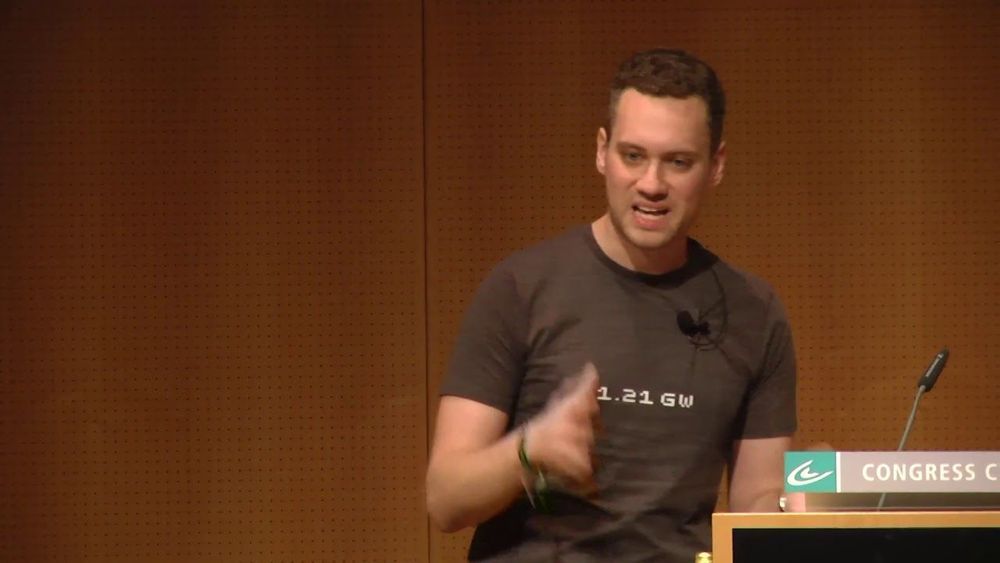
It’s no secret that the average smart phone today packs an abundance of gadgets fitting in your pocket, which could have easily filled a car trunk a few decades ago. We like to think about video cameras, music playing equipment, and maybe even telephones here, but let’s not ignore the amount of measurement equipment we also carry around in form of tiny sensors nowadays. How to use those sensors for educational purposes to teach physics is presented in [Sebastian Staacks]’ talk at 36C3 about the phyphox mobile lab app.
While accessing a mobile device’s sensor data is usually quite straightforwardly done through some API calls, the phyphox app is not only a shortcut to nicely graph all the available sensor data on the screen, it also exports the data for additional visualization and processing later on. An accompanying experiment editor allows to define custom experiments from data capture to analysis that are stored in an XML-based file format and possible to share through QR codes.
Aside from demonstrating the app itself, if you ever wondered how sensors like the accelerometer, magnetometer, or barometric pressure sensor inside your phone actually work, and which one of them you can use to detect toilet flushing on an airplane and measure elevator velocity, and how to verify your HDD spins correctly, you will enjoy the talk. If you just want a good base for playing around with sensor data yourself, it’s all open source and available on GitHub for both Android and iOS.
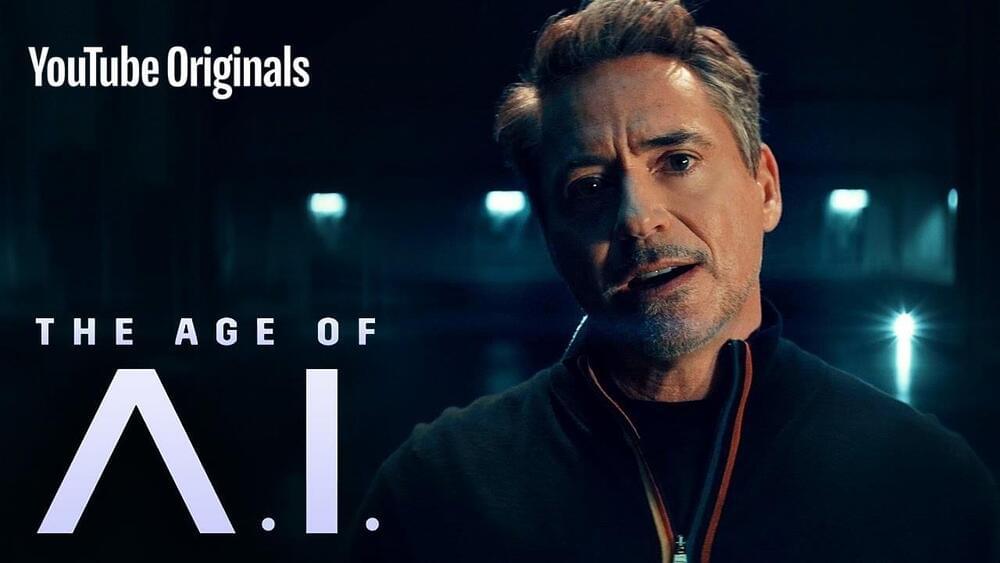
Can A.I. make music? Can it feel excitement and fear? Is it alive? Will.i.am and Mark Sagar push the limits of what a machine can do. How far is too far, and how much further can we go?
The Age of A.I. is a 8 part documentary series hosted by Robert Downey Jr. covering the ways Artifial Intelligence, Machine Learning and Neural Networks will change the world.
You choose — watch all episodes uninterrupted with YouTube Premium now, or wait to watch new episodes free with ads.
Check out YouTube Premium at: https://www.youtube.com/premium/originals
See if Premium is available in your country at: https://support.google.com/youtube/answer/6307365
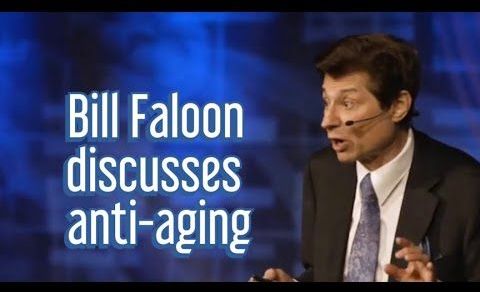
Hayley Harrison is on a constant Roll… Here she sent me privately this video of the great Bill Faloon… I have not completed the video as yet… But the beginning is awesome I will watch late tonight during my down time… Great Respect to Life Extension and Bill Faloon and Neal Francis Vanderee two of the Longevity Movements most interesting characters and the movements many activists such as Hayley “the watchful” Harrison… AEWR.
My mission is to drastically improve your life by helping you break bad habits, build and keep new healthy habits to make you the best version of yourself.
This video is my interview of longevity pioneer Bill Faloon on December 17, 2019.
- Please consider donating: https://paypal.me/BrentNally or my Bitcoin Cash (BCH) address: qr9gcfv92pzwfwa5hj9sqk3ptcnr5jss2g78n7w6f2
SHOW NOTES:
Contact Bill via email [email protected] ; join https://age-reversal.net/
1:08 Vitality in aging interventions trial has been accomplished by volunteer physicians and subsidized pricing.
5:48 exosomes — Dr. Duncan Ross is founder and CEO of Kimera Labs — watch Brent’s interview with Dr. Ross https://www.youtube.com/watch?v=X8eIxo3eqvQ
7:10 get as healthy as possible before spending money on longevity therapeutics.
7:25 personalized medicine
10:52 Dr. Greg Fahy has showed biological age reversal via DNA methylation tests.
13:20 60 Minutes — Scott Pelley interviews Dr. George Church https://www.cbsnews.com/news/harvard-geneticist-george-church-goal-to-protect-humans-from-viruses-genetic-diseases-and-aging-60-minutes-2019-12-08/
15:51 Bill’s life extension study mapped the genomes of super centenarians.
19:40 BioViva — Watch Brent’s interview of Liz Parrish https://www.youtube.com/watch?v=oBFTwGPaPr4&t=5s
21:08 Libella Gene Therapeutics
23:02 Don’t procrastinate! Focus on getting healthy now!
25:50 get a comprehensive blood test at https://age-reversal.net/
26:54 reduce calorie intake by daily intermittent fasting.
27:27 metformin
31:19 watch Brent’s book review of Why We Sleep https://www.youtube.com/playlist?list=PLGjySL94COVTSpprsxIKJAlFwz4IkRpLG
32:00 Peter Nygard
34:51 Search Bill Faloon on YouTube
37:18 What will reality be like after human’s have defeated aging and all chronic diseases?
39:46 Watch Brent’s interview of Dr. Michael about telomerase gene therapy Fossel https://www.youtube.com/watch?v=_g6qK2g-Mm4&t=1s
43:05 Bill fought the FDA for 9 years to publicize the longevity benefits of metformin.
46:01 Brent’s interview of cryptocurrency pioneer Roger Ver https://www.youtube.com/watch?v=gSZUwSm0dkk
47:38 Church of Perpetual Life website https://www.churchofperpetuallife.org/ YouTube https://www.youtube.com/user/COPL18 Instagram https://www.instagram.com/lifeperpetual/
53:28 Brent’s interview of Dr. Maharaj’s clinical trial of young human plasma transfusions https://www.youtube.com/watch?v=tU6kqNeUz1w
56:58 Bill discusses the lessons and values he instilled in his kids.
59:29 How do we get more wealthy individuals interested in investing in the best life extension companies and therapies?
1:03:58 Calico is the perfect example of wealthy people trying to solve aging in the wrong ways.
1:05:28 Chan Zuckerberg Initiative
1:15:17 Final action items for healthy living — 1) comprehensive blood work for personalized medicine 2) sleep 3) intermittent fasting 3) audit your thoughts — follow your passion 5) have fun exercising but don’t push too hard and avoid serious injuries.
1:20:18 Understanding what is healthy and actually living a healthy lifestyle are different. I focus on living & teaching healthy living.
1:21:11 Stay informed about longevity research and get involved in any way you can including social networks, conferences, donations and investing. Go to https://age-reversal.net/
1:23:25 ~150,000 people die daily on average. ~110,00 people die daily from aging.
- Intro & exit music by: SoundSage
- Instagram: https://instagram.com/brent.nally/
- Facebook: https://facebook.com/brent.nally
- LinkedIn: https://linkedin.com/in/brentnally
- Twitter: https://twitter.com/BrentNally
- Patreon: https://patreon.com/user?u=9451534

This is what 500 Intel drones look like in a tribute to women in tech at the Intersect Festival. A collaboration with Kacey Musgraves and a female-led drone team at Intel to use the power of music and tech to create this dazzling moment & donate $50k to Girls in Tech from Amazon Web Services to empower our sisters in tech.
Drone Light Show by Intel
Produced by Production Club
Directed by Eva Dubuvoy of Verluxe
Aerial Footage by LA Drones
Music “Oh, What a World” by Kacey Musgraves.

Summary: Researchers reveal the right homologue of the Broca’s area plays a major role in the processing of music.
Source: Max Planck Institute.
Vincent Cheung, along with Angela Friederici, has been investigating non-local dependencies in music and trying to determine how the human brain processes them. In language and music, dependencies are conceptual threads that bind two things together. Non-local dependencies bind non-adjacent items. For example, in pop music, the second instance of a verse, following a chorus, would have a non-local dependency with the first instance of the verse. Experientially, it is clear to us that we are hearing a sequence that we have heard before. According to Cheung, composers use such devices to build up our expectations and elicit strong emotional responses to the music. But how does the brain recognize these patterns and what does this have to do with Paul Broca?
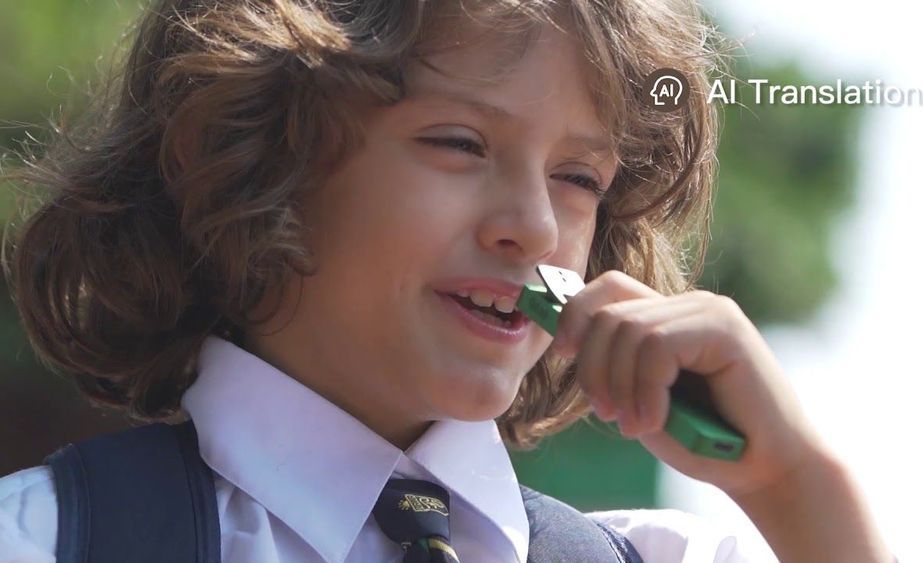
The ONE Mini is a Swiss Army knife of translation tech, interpreting 12 different foreign languages with a host of features. The audio recorder captures speech, then uses cutting-edge neural machine AI to produce highly accurate text or verbal translations. If you’re in a foreign country, ONE Mini can literally be your voice as you navigate the culture.
ONE Mini also provides premium live interpreter service 24 hours a day, 7 days a week for conversations that require more complex interaction. With a single button push, ONE Mini connects via Bluetooth with a qualified interpreter able to offer full nuanced communication so important details don’t get lost in translation.
ONE Mini even works great as a wireless music player, clipping neatly to your clothes for hands-free use anywhere.
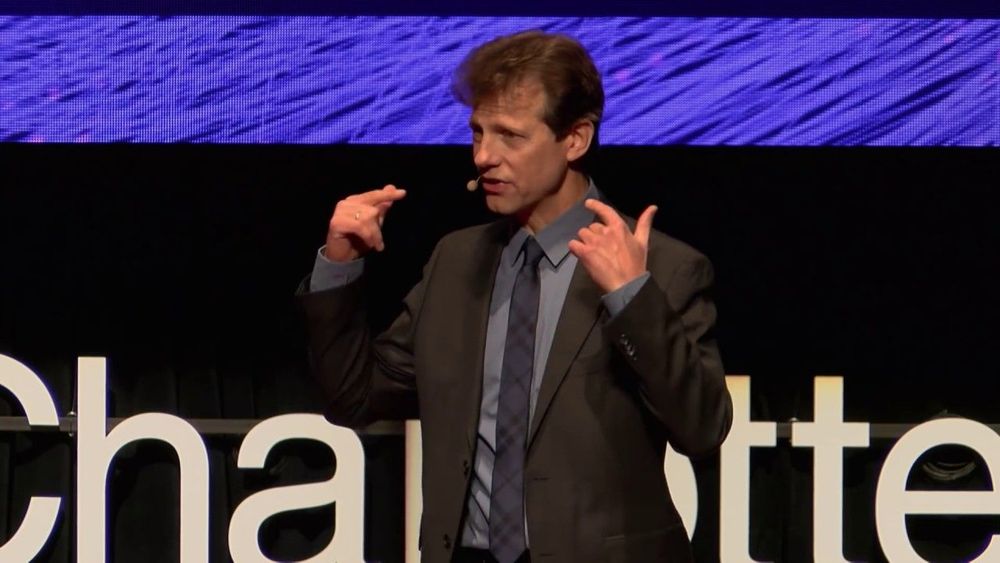
NOTE FROM TED: Please do not look to this talk for medical advice. This talk, which was filmed at a TEDx event, contains strong assertions about multiple sclerosis and lifestyle medicine that lack sufficient scientific evidence for general prescription. TEDx events are independently organized by volunteers. The guidelines we give TEDx organizers are described in more detail here: http://storage.ted.com/tedx/manuals/tedx_content_guidelines.pdf
After a shocking diagnosis that would begin stripping Bob Cafaro of his ability to perform, sheer willpower and changes to his daily life allow him to beat all odds.
Bob Cafaro played chamber music full time and served on the faculty of the University of Virginia until 1983 when he became a regular with the Metropolitan Opera Orchestra. He later joined the Baltimore Symphony and in 1985 became a member of the Philadelphia Orchestra. In 1999, Bob was stricken with a virulent case of Multiple Sclerosis, which left him nearly blind and without the use of his hands. Defying what doctors had told him, he made a complete and remarkable recovery and has since written a book, been a member of The Rachmaninov Trio since 2003, and has grown passionate in his involvement with volunteer and outreach activities.
This talk was given at a TEDx event using the TED conference format but independently organized by a local community.
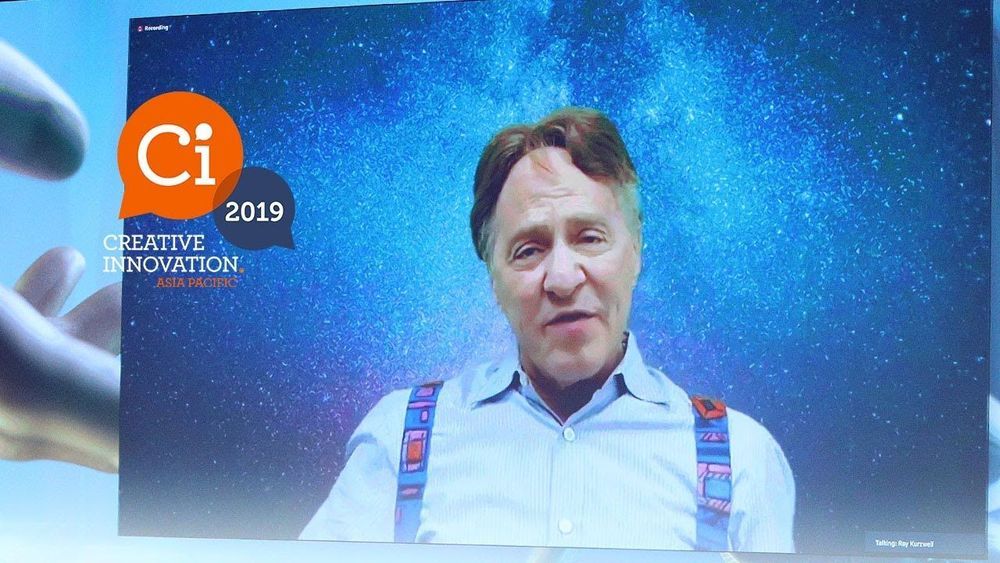
The Future of Intelligence, Artificial and Natural
Ray Kurzweil is one of the world’s leading inventors, thinkers, and futurists, with a thirty-year track record of accurate predictions. Called “the restless genius” by The Wall Street Journal and “the ultimate thinking machine” by Forbes magazine, he was selected as one of the top entrepreneurs by Inc. magazine, which described him as the “rightful heir to Thomas Edison.” PBS selected him as one of the “sixteen revolutionaries who made America.”
Ray was the principal inventor of the first CCD flat-bed scanner, the first omni-font optical character recognition, the first print-to-speech reading machine for the blind, the first text-to-speech synthesizer, the first music synthesizer capable of recreating the grand piano and other orchestral instruments, and the first commercially marketed large-vocabulary speech recognition.
Among Ray’s many honors, he received a Grammy Award for outstanding achievements in music technology; he is the recipient of the National Medal of Technology, was inducted into the National Inventors Hall of Fame, holds twenty-one honorary Doctorates, and honors from three U.S. presidents.
Ray has written five national best-selling books, including New York Times best sellers The Singularity Is Near (2005) and How To Create A Mind (2012). He is Co-Founder and Chancellor of Singularity University and a Director of Engineering at Google heading up a team developing machine intelligence and natural language understanding.
Ci2019 featured over 40 global leaders including Chief Technology Officer of Google Ray Kurzweil (USA), CEO of NESTA Geoff Mulgan CBE (UK), Chief Data and Transformation Officer at DBS Bank Paul Cobban (Singapore), A.I. Experts Professor Toby Walsh and Liesl Yearsley (USA), Co-founder of Oxford Insights Emma Martinho-Truswell (UK), Ethics leader Professor Simon Longstaff, Ethics and Culture of Robots and AI Professor Kathleen Richardson (UK), brain performance neuroscientist Dr Etienne Van Der Walt (South Africa), transdisciplinary Behavioural Scientist Dr Richard Claydon (Hong Kong), Director of the Learning Technology Research Centre Carl Smith (UK), Australia’s Chief Scientist Dr Alan Finkel AO, Deakin University Vice Chancellor Professor Jane Den Hollander, ATO’s Jane King, Innovation & Science Australia CEO Dr Charles Day, CEDA CEO Melinda Cilento, Jobs for NSW CEO Nicole Cook, Behaviour Innovation founder & CEO John Pickering, People and Performance expert Andrew Horsfield, TEDx Melbourne’s Jon Yeo and many more to be announced.